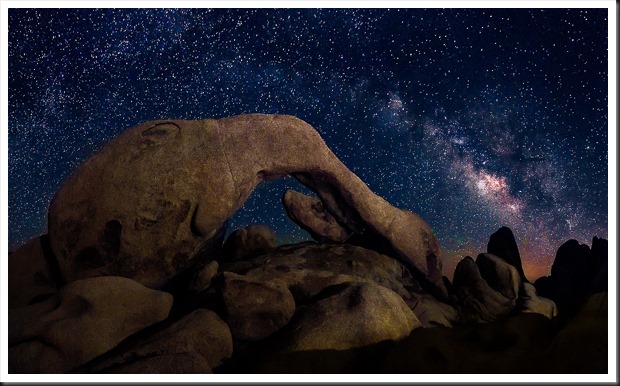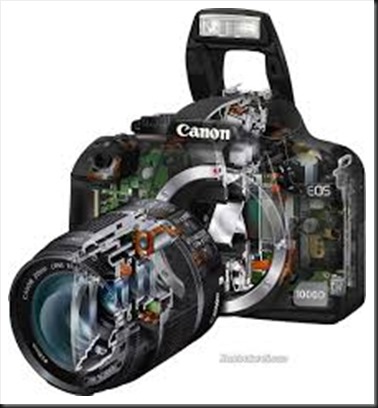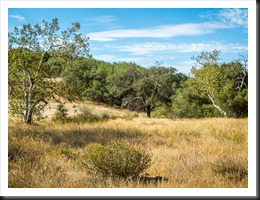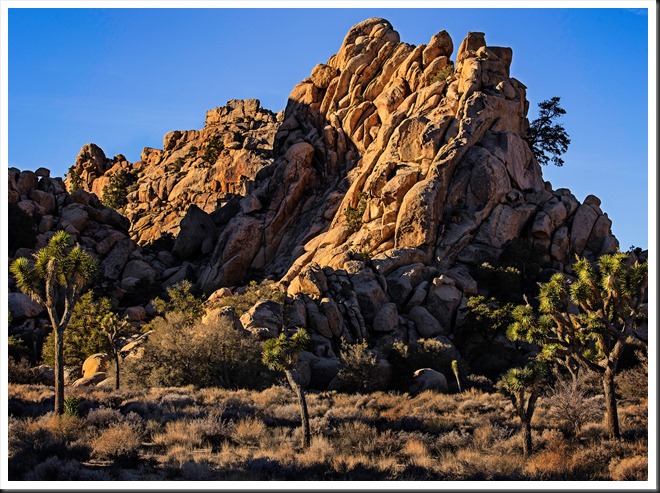It wasn’t long ago that I spend three days along the California Central Coast, scouting good shooting locations for the upcoming Central Coast and Napa Valley workshop. I’m very familiar with the Big Sur coast but this was my first real exposure to the Central Coast north of San Francisco. And I am excited with what I found.
My base of operations was the Schoolhouse Canyon Campground, a privately owned campground just east of Guerneville on the Russian River. Clean, quite – I couldn’t have been more pleased. But on with the photography….
The plan was to start to the north and work south over the next three day’s. I was joined by a friend the first day which started out overcast and foggy along the coast. That’s not a huge surprise as this area is still susceptible to the marine layer in September. But, in this line of business, you work with what you got. The first destination was Salt Point. It’s hard to find because there are no marked turn-offs, just a sign saying you’re entering and another sign a few miles up the road saying you’re leaving. So we overshot it. And I’m glad we did because we came upon a creepy house that was falling apart.
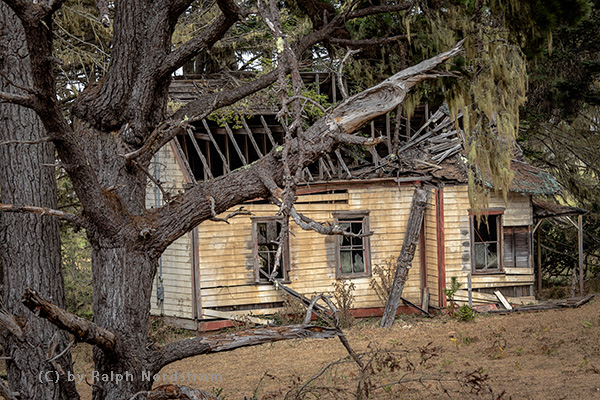
My friend suggested framing the house with moss hanging from the tree. That was the perfect touch to give it the macabre feeling we were feeling, And the overcast sky provided the perfect light.
Continue reading “Photographing the California Central Coast – Day 1”
(106)

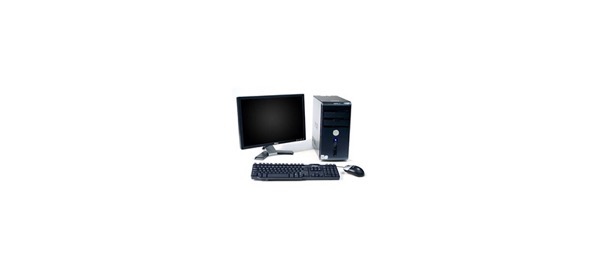
![clip_image002[4] clip_image002[4]](http://ralphnordstromphotography.com/wordpress/wp-content/uploads/2017/06/clip_image0024_thumb.jpg)
![clip_image004[4] clip_image004[4]](http://ralphnordstromphotography.com/wordpress/wp-content/uploads/2017/06/clip_image0044_thumb.jpg)

